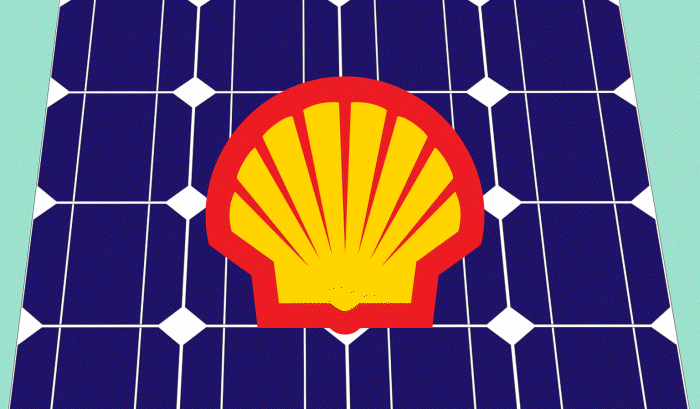
Shell eyeing Asia-Pacific solar market
Shell has sunk a chunk of change in Singapore’s Sunseap Group, with view to collaborating with the company on solar projects in the Asia Pacific.
To date, Sunseap has racked up 160 megawatts of distributed solar contracts in Singapore. It also holds a local electricity retailer license and has secured further utility scale solar projects in the region.
“As part of our collaboration, there are many capabilities and knowledge that we can cross leverage upon to deploy distributed solar generation projects in the Asian markets,” said Sunseap’s Camillus Yang.
Mr. Yang previously served on the Board of Directors of Shell Singapore Credit Union as the Finance Director.
Sunseap’s client list includes Apple, ABB and the Singapore Housing Development Board. In 2015, the largest tender to date in both the public and private sectors in Singapore was awarded to Sunseap for 76 MWp pf solar PV capacity under the city-state’s SolarNova program
The amount invested by Shell Technology Ventures has not been disclosed.
Shell’s Rocky Relationship With Solar
Shell has had a complex relationship with solar power over the years. At one stage, the company fully embraced it, even producing Shell solar panels. It started distancing itself from the technology in 2007/2008 when oil prices were sky-high, and suspended all solar projects in 2009; stating it would focus on biofuels. The timing wasn’t great as solar was just starting to boom and oil was experiencing another dip – however, it would soon rebound.
Shell’s exit from solar was not smooth.
Shell’s public attitude towards solar energy started to change in 2013, with a report from the company stating solar panels might become the world’s largest primary source of energy by 2070. Stronger signals from the company came in 2015 (when oil prices were again in a slump), with Shell CEO Ben van Beurden stating solar power would become the “dominant backbone of our energy system”.
Last year, Mr. van Beurden restated his interest in solar, but said Shell would “have to find a way of making money out of it” and not rely on subsidies.
Even during its time in the wilderness, Shell has still had a toe in solar waters.
In May we mentioned the installation of solar panels on Shell’s headquarters in Thailand. Solar Frontier panels were used for that project – and Solar Frontier is owned by Showa Shell Sekiyu Kabushiki Kaisha, the base of Royal Dutch Shell group in Japan. Showa Shell Sekiyu has been dabbling in solar energy since 1978.
Shell also invested in Glasspoint Solar in 2012 – but that company’s products were very closely aligned to Shell’s fossil fuel interests, as Glasspoint was developing solar steam generator technology for use in thermal enhanced oil recovery.
Regardless of its chequered solar history, Shell’s latest move is providing another signal to fossil fuel majors to get their PV game on. In June, research firm Wood Mackenzie warned the momentum of renewables was unstoppable and oil and gas majors best get on board – soon.

 RSS - Posts
RSS - Posts



Hybrid car our electric car?!